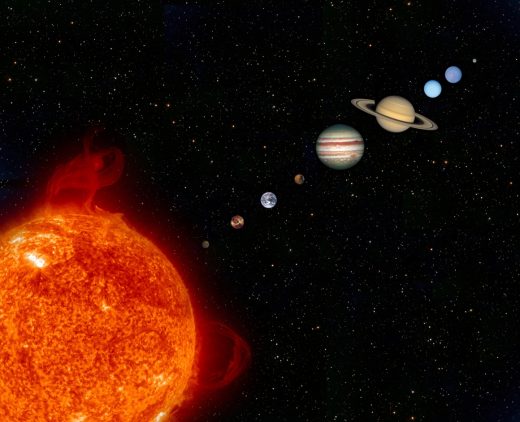Solar System ‘superhighway’ could speed up space travel
Future deep space missions might not take as long as you’d think. Researchers have discovered a Solar System “superhighway” network of routes that would let probes and other spacecraft travel outward at quicker pace. Asteroids near Jupiter, for example, could reach Neptune’s distance in less than 10 years and 100AU (about three times Neptune’s distance from the Sun) in 100 years. Spacecraft would theoretically be faster.
Scientists found the routes by computing how “millions” of Solar System orbits fit inside known space manifolds, or arch structures that extend from the asteroid belt.
The approach could significantly cut the time it takes to visit the outer reaches of the Solar System. It might also lead to more efficient trips by cutting back on the amount of energy involved to propel forward. The findings could be used to study near Earth objects that might threaten the planet, too. You aren’t about to visit the farthest reaches of the system any time soon, but this could help humanity explore the cosmic neighborhood without wasting years on each journey.
(24)




